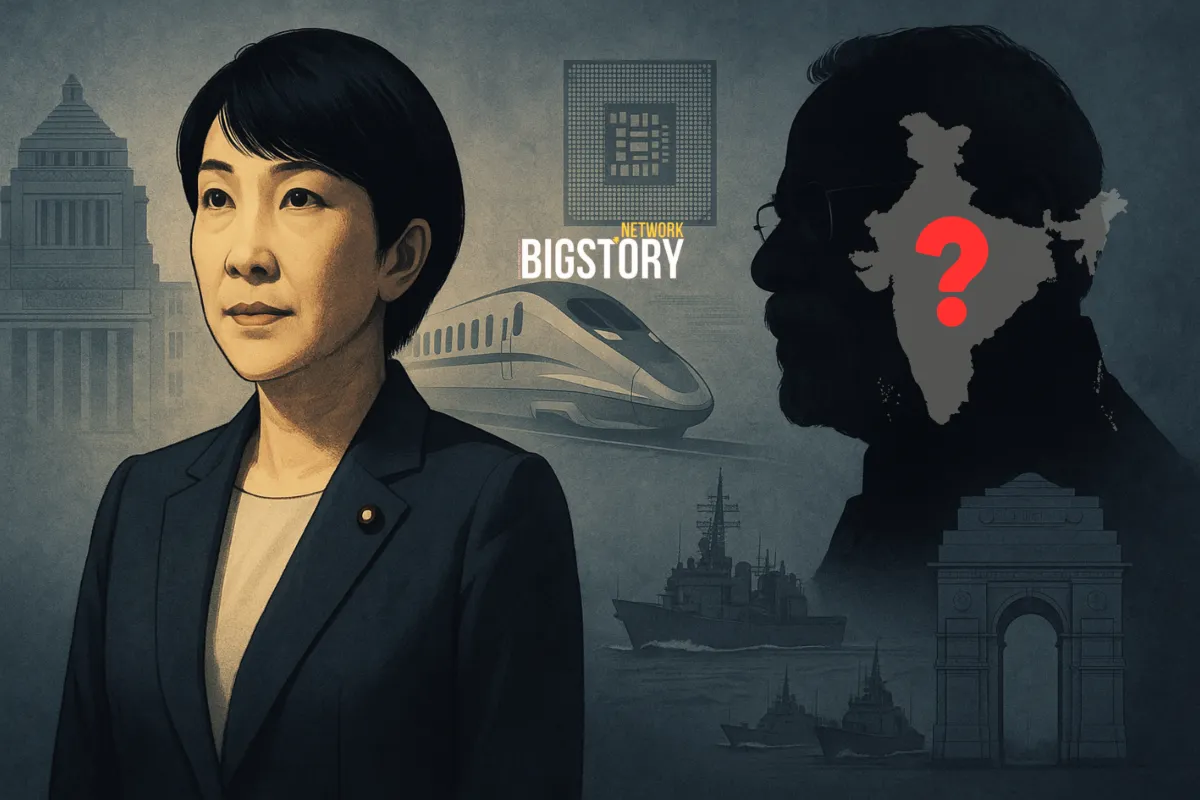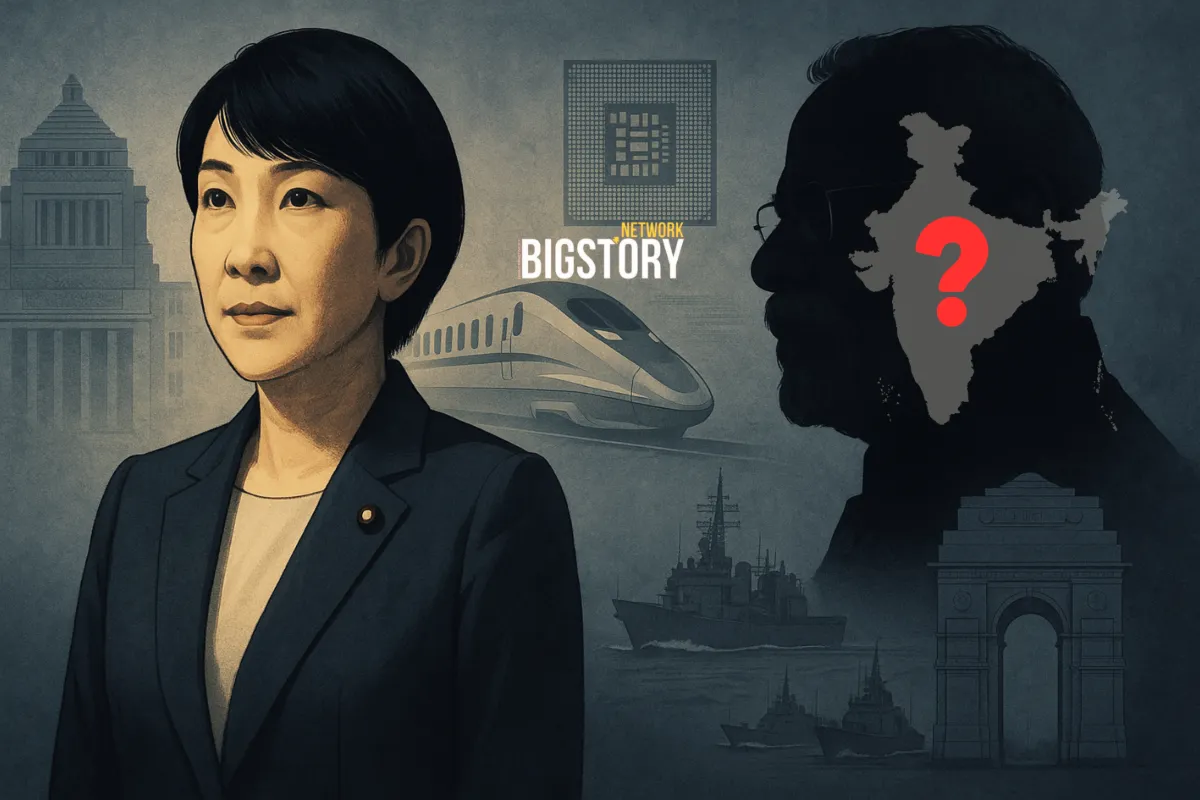On October 21, 2025, Japan’s parliament elected Sanae Takaichi as the country’s first female prime minister, securing 237 votes in the 465-seat Lower House. Her win followed a coalition agreement between the ruling Liberal Democratic Party (LDP) and the Japan Innovation Party (JIP), after the collapse of the long-standing LDP-Komeito alliance.
Takaichi’s victory marks a political milestone for Japan, but her government faces an immediate challenge — governing without a clear majority.
Why It’s Happening Now
Japan has faced months of political turbulence. In early October, coalition partner Komeito withdrew support, citing concerns over the LDP’s handling of corruption scandals. To avoid a leadership vacuum, the LDP struck a last-minute coalition deal with JIP on October 20, paving the way for Takaichi’s election.
Her rise also reflects a broader shift in Japan’s political landscape: a mix of gender symbolism, right-leaning conservatism, and fragile coalition arithmetic.
Why It Matters to India
India and Japan are strategic partners across multiple fronts — infrastructure, trade, technology, and security. Tokyo is India’s largest source of Official Development Assistance (ODA) and a core player in Indo-Pacific security cooperation. Any leadership change in Japan has potential ripple effects for India’s economic projects and strategic partnerships.
- Infrastructure: Japanese loans fund projects like the Mumbai–Ahmedabad High-Speed Rail, metro systems, and smart city initiatives.
- Trade: Bilateral trade was valued at over $25 billion in FY25, with scope to expand in electronics, auto, and clean energy.
- Security: Japan is a key partner in Malabar naval exercises and Indo-Pacific strategic cooperation.
A stable Japanese government is crucial for the smooth execution of these long-term projects.
BIGSTORY Reframe: Symbol vs. Structure
Many global headlines describe Takaichi’s election as a historic gender breakthrough. But the bigger story lies in the structure she inherits: a minority coalition facing economic stagnation, demographic pressures, and security dilemmas.
Takaichi is conservative on gender and social policies, opposing reforms like separate surnames for married couples and broader immigration. At the same time, she has pledged to raise female cabinet representation to “Nordic levels.”
For India, the key takeaway is not the symbolism of the “first woman PM” but how effectively her government can deliver on economic and strategic commitments.
AI & People: How Tech Shapes the Narrative
While AI did not influence the election directly, it is shaping how this leadership change is perceived globally.
- AI-driven narratives on social media are amplifying debates around immigration, gender, and foreign policy.
- Japan’s economic agenda includes expanding AI and semiconductor investment, areas where India is positioning itself as a trusted technology partner.
- Tighter immigration policies could influence talent mobility between India and Japan’s advanced manufacturing and AI sectors.
- Misinformation spikes around foreign investment and defense cooperation could impact public trust and policy clarity in both countries.
This makes the AI layer strategically relevant, not just technologically fashionable.
The Human Impact
- For Japanese citizens, the leadership change may shape policies on inflation, gender equality, and immigration.
- For Indians, the effects will be more indirect — tied to ODA project timelines, trade flows, and strategic cooperation.
- Mobility opportunities for Indian tech talent could be affected if Japan maintains strict immigration controls even while expanding its tech sector.
Final Takeaway
Sanae Takaichi’s election is historic for Japan — but not necessarily transformative. For India, the signal is to watch coalition stability rather than celebrate symbolic milestones.
If her government holds, India can expect continuity in infrastructure funding, trade expansion, and Indo-Pacific security coordination — with AI and technology cooperation quietly emerging as a strategic bridge between the two countries.
FAQs
Q1. Who is Sanae Takaichi?
Sanae Takaichi is Japan’s first female Prime Minister, elected on October 21, 2025. She is known for her conservative politics and was a close ally of former PM Shinzo Abe.
Q2. How did she become Prime Minister?
She secured 237 votes in Japan’s Lower House after the ruling Liberal Democratic Party struck a coalition deal with the Japan Innovation Party following the collapse of the LDP–Komeito alliance.
Q3. Why does her election matter to India?
India and Japan have deep ties in infrastructure, technology, and defense. Japan is India’s largest bilateral development partner. Political stability in Tokyo affects projects like the Mumbai–Ahmedabad Bullet Train and semiconductor investments.
Q4. Will this leadership change affect India–Japan relations?
No immediate disruption is expected. However, Takaichi leads a fragile coalition, so policy delivery may depend on political stability in Japan.
Q5. How is AI relevant here?
AI and semiconductor technology are key to both countries’ growth strategies. Japan’s push for tech investments under Takaichi aligns with India’s strategic interests.







Leave a Reply